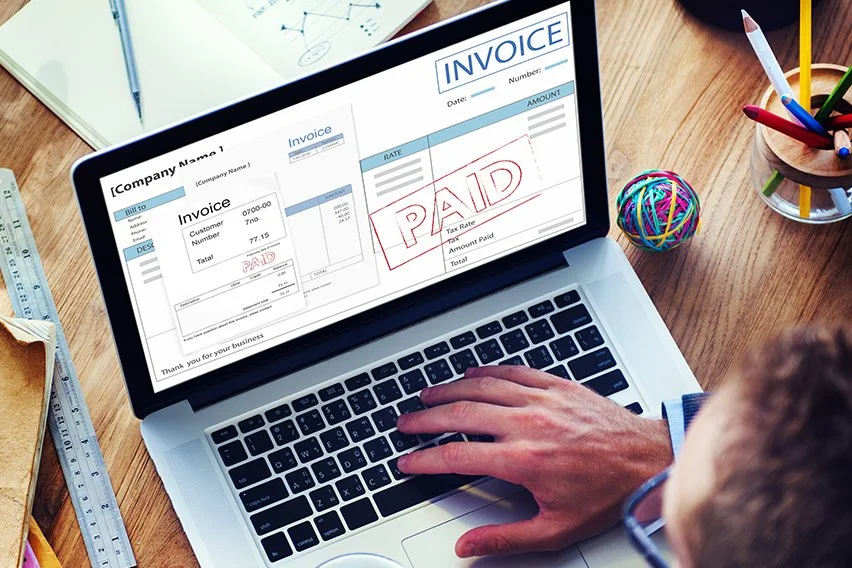Introduction,
One financial technique that might assist companies in efficiently managing their cash flow is invoice factoring. It gives businesses a rapid and effective means to obtain money held in their accounts receivable. In order to demystify the invoice factoring process, this step-by-step tutorial outlines the essential procedures for implementing this financing option.
Invoice factoring: What Is It?

A company that uses invoice factoring, often referred to as accounts receivable factoring, is able to obtain finance by selling its unpaid invoices to a factor—a third-party financial institution—at a reduced price. As a result, the company may start accepting payments right away rather than having to wait for clients to settle their bills. The factor takes on the duty of immediately collecting money from the clients.
Also read this: Advanced safety glasses for Eye protection
First, Determine Your Eligibility:
Prior to exploring the realm of invoice factoring, companies must determine their eligibility. Factors usually take into account the creditworthiness of the company’s clients rather than the company itself. An enterprise that offers goods or services to clients with good credit is often eligible for invoice factoring.
Select a Reputable Elements:
For invoice factoring to be successful, choosing the appropriate factor is essential. Look into and take into account elements that are industry experts and provide terms that meet your business requirements. Examine reviews, get recommendations, and make sure the factor of choice has an open and honest pricing system.
Send Invoices for Authorization:
Businesses submit their outstanding invoices for approval after selecting a factor. The factor assesses the clients’ creditworthiness and the invoices’ validity. The factor agrees to advance a portion of the invoice value, often between 70% and 90%, upon approval.
Acquire the Advance:
The agreed upon proportion of the invoice amount is advanced to the business by the factor upon approval. This gives the company an instant cash infusion, enabling it to pay its debts, take advantage of expansion prospects, or pay for running costs.
Payment is collected by Factor:
The element assumes accountability for obtaining payment from the clients. The factor deducts its fees from the invoice payment made by the customer and gives the business the remaining amount. Usually, factors charge a fee that is determined by the amount of the invoice and the length of time it takes the consumer to pay.
Notifying the Customer:
It is imperative to inform clients of the invoice factoring arrangement in order to preserve goodwill. Companies usually notify clients via letter or notification that payments need be made to the factor. A seamless transition in the payment process is ensured by clear communication, which also helps to prevent misunderstandings.
In conclusion:
Businesses trying to maximize their cash flow may find invoice factoring to be a useful financial instrument. Businesses can release the money locked up in their accounts receivable by following these guidelines and collaborating with a reliable factor, giving them the flexibility they need to prosper and expand in a cutthroat market.


[…] accounts receivable factoring, also known as invoice factoring, is a financial transaction in which a company sells its unpaid bills to a third-party financial […]
[…] Mathematics isn’t merely an abstract concept but a powerful tool used in real-world applications. Linking math to everyday scenarios enhances understanding. For instance, apply geometry when measuring space for furniture or use algebra to manage personal finances. This practical approach not only reinforces learning but also makes math relatable and enjoyable. […]
[…] with your commercial enterprise. the amount of investment is directly tied every day the extent of invoices generated, making it scalable as your organisation […]
[…] You also like to read: Invoice Factoring Guide: Unlock Your Company’s Cash Flow […]